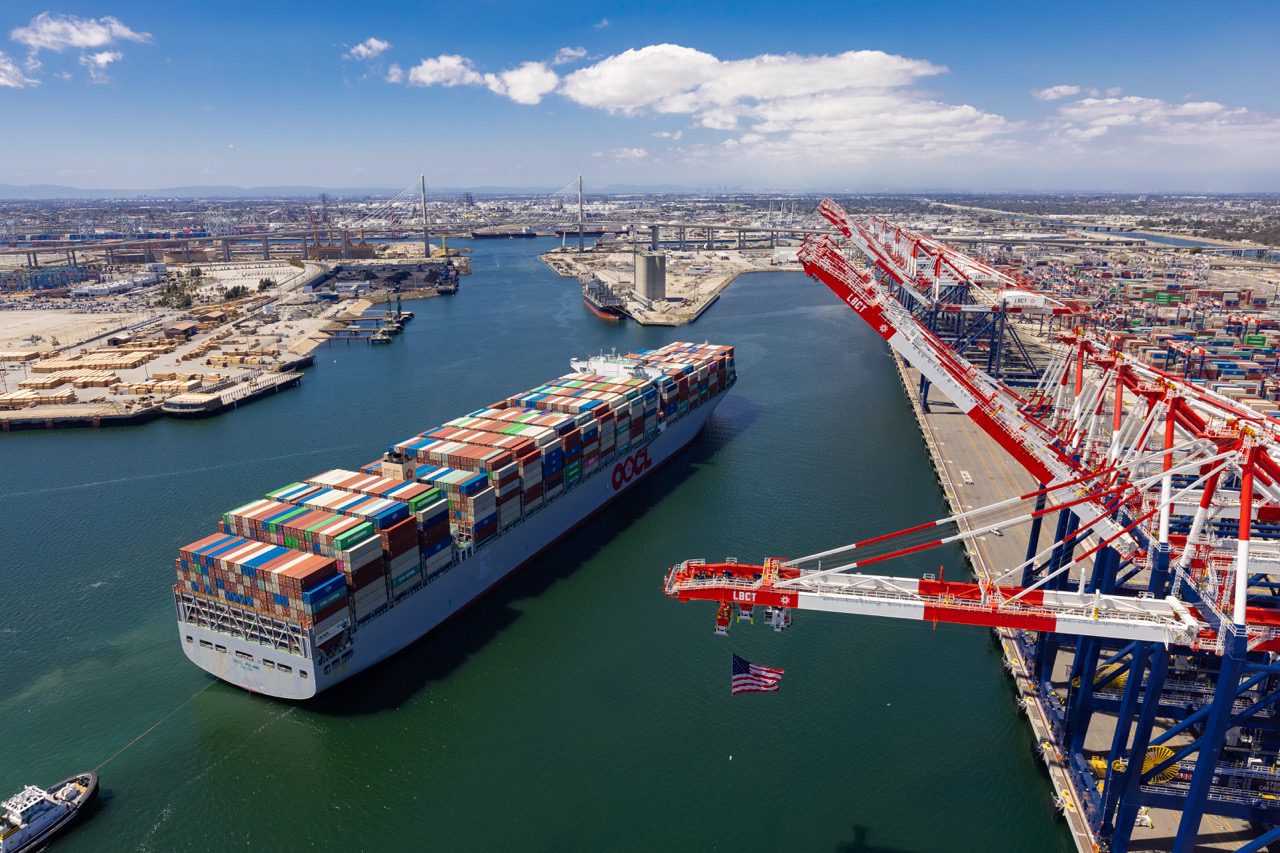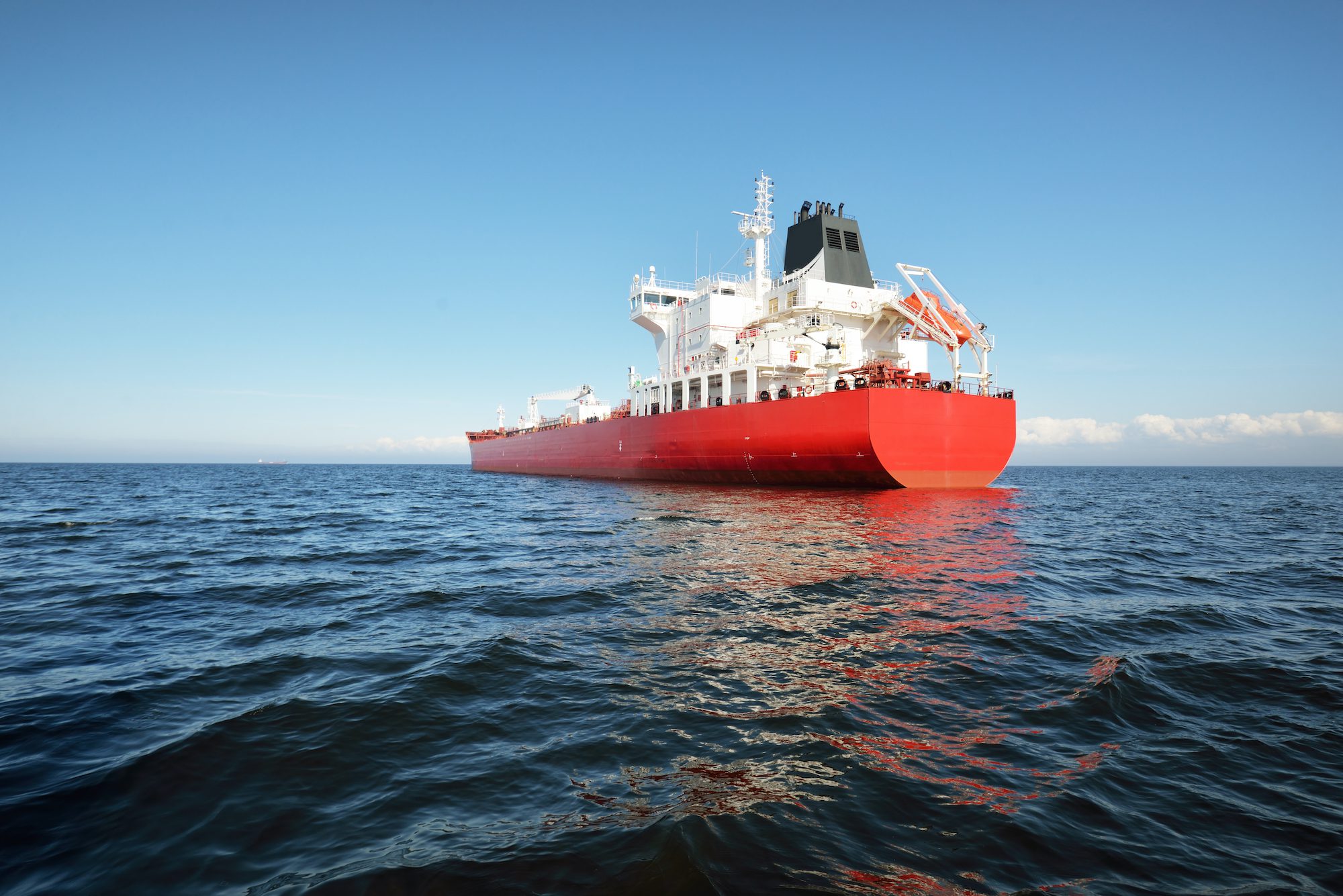By John R. Siegel
(Barrons) By 2017 the U.S. could be the largest exporter of liquefied natural gas in the world, surpassing leading LNG exporters Qatar and Australia. There is one big “if,” however. America can produce more gas, export a surplus, improve the trade deficit, create jobs, generate taxable profits and reduce its dependence on foreign energy if the marketplace is allowed to work and politics doesn’t get in the way.
In May 2011 Cheniere Energy received an Energy Department license to export LNG from its Sabine Pass LNG import terminal in Louisiana. Cheniere subsequently reached long-term deals with the U.K.’s BG Group, Spain’s Gas Natural and India’s GAIL. Cheniere is targeting operation in 2016 and plans to export up to 730 billion cubic feet of LNG annually, roughly 3% of current U.S. gas production.
Sabine Pass originally was built as an import facility to alleviate projected U.S. gas shortages. Shale-gas technology changed that assumption radically. Now Sabine Pass is attractive because it already possesses much of the infrastructure for an export plant: LNG storage tanks, gas-handling facilities and docking terminals. Only a liquefaction plant is needed to convert natural gas into LNG. Overall, Cheniere can create its export terminal for half the investment required for a new one.
With world oil over $100 per barrel, equivalent to $17 per million BTUs of gas, versus domestic natural gas at $2.10 per million BTUs, the opportunity is obvious: Cheniere can deliver its gas to Asia or European customers well below current market prices.
Six developers with existing import terminals are following the Sabine Pass model. And Cheniere has another project in Corpus Christi. With the expansion of the Panama Canal, Gulf LNG projects can economically target the lucrative Asia market. By 2017, the U.S. could be exporting upwards of 13 billion cubic feet of LNG per day.
But exporters must overcome growing opposition to LNG exports by environmentalists and industrial users of natural gas. Exporters must also get multiple permits from environmentally conscious federal officials. And Rep. Ed Markey (D.-Mass.) has proposed legislation to bar federal approval of any LNG export terminals until 2025. Those who most fear global warming don’t want anyone anywhere to use more fossil fuel, even “cleaner” natural gas.
It is uphill for the anti-gas crowd. High oil prices are driving a transition to natural gas, even as fuel for trucks and cars. In the U.S., the T. Boone Pickens Plan would displace gasoline and diesel fuel for compressed natural gas in large trucks. Pickens estimates savings of two million barrels per day of oil imports if the nation’s fleet of 18-wheelers converts to CNG. The Pickens Plan might fail legislatively because it calls for subsidies to fuel the transition. But if CNG’s nearly $2-per-gallon price advantage over gasoline continues, the concept will evolve via natural market forces, as it should.
THE ENERGY DEPARTMENT SAYS natural gas has grown its market share in the U.S. in the past three years from 28% to 30%. Globally, the trend is similar, and LNG is integral to the global supply chain.
Despite the recession, global LNG demand has been growing at a 6% to 8% annual clip for the past 10 years. When demand collapsed in 2009, prices in Asian markets fell 50% to about $5 per million BTUs. But the price drop was also driven by the rapid growth in U.S. shale gas. U.S. natural-gas supply — flatlined for a decade at 19 trillion to 20 trillion cubic feet annually — increased 15% in the past three years due to the shale-gas revolution. Technology advances created a supply perturbation. As U.S. gas prices plunged, LNG cargoes bound for the U.S. had no market.
Global LNG markets are growing again. By late 2010, the main Asian consumers — Japan, Korea and Taiwan — were seeking more LNG, while new customers such as Thailand were entering the market. The Japan tsunami put a call on LNG imports to supplant Japan’s nuclear shutdowns, and with increasing demand, Asian markets rebounded to the $15-per-million-BTU range. After the tsunami, Germany plans to close its nuclear plants. Most of Germany’s (and all of Europe’s) new supply will be gas-fired. Given the choices, would Europe rather grow its gas supply from Russia, North Africa or the U.S.? The policy implications should be obvious, even to the U.S.
Estimates of the job benefits from U.S. LNG projects depend on a variety of assumptions. Roughly 25,000 direct construction jobs would be created if all the projects are built. Increasing the U.S. natural-gas production base by another 13 billion cubic feet might translate to 450,000 direct and indirect jobs and $16 billion in annual tax revenue for federal and state coffers.
It’s easier to forecast improved trade balances. Exporting 13 BCF per day of LNG could generate about $45 billion annually. Reaching Pickens’ goals could offset another $70 billion annually of oil imports.
Exporting energy, however, rubs a lot of people the wrong way. Pickens wants cheap natural gas for his 18-wheelers and opposes LNG exports. Industrial gas users argue that a vibrant LNG industry would propel domestic gas prices higher. A study by Deloitte said that exporting six 6 BCF per day of LNG would raise wellhead gas prices by 12 cents per million BTU (about 1% on a retail basis). Advocates of “energy independence” argue that exporting LNG would tie U.S. natural gas prices to global markets.
The Energy Department’s Office of Fossil Energy is considering whether exporting LNG is in the public interest. In the meantime — shades of Keystone XL — the department has effectively put a moratorium on new LNG export licenses.
Energy’s decision-making process balances the extent to which exporting LNG drives up prices with the economic benefits of increased production and energy exports. The price assessment comes at a time when U.S. gas fetches the same price in constant dollars as it did in 1975. Producers are now shutting down production and lowering exploration budgets. The shale-gas “job machine” is now in reverse.
Energy’s price study, released in January, found that exporting six BCF per day would increase wellhead prices by 50 to 60 cents per million BTU by 2026. The study has a myriad of assumptions and scenarios, the most fundamental of which is future gas production. In 2007, Energy predicted the U.S. would be importing 12.3 BCF a day of LNG by 2030 due to falling gas production. But primarily because of the shale-technology phenomenon, wellhead prices have tumbled from $6.25 six years ago, even as demand increased by eight BCF per day. That demand figure is larger than the six BCF assumption of the Energy study. The Energy Department is not particularly to blame, as most forecasters got it just as wrong on gas production.
Ideally, the Energy Department should move quickly and recognize free-market principles. And the administration could send a clear policy signal that natural gas is integral to the country’s energy future and that exporting LNG is good economics and consistent with its 2010 State of the Union address to double U.S. exports over five years and create two million new jobs. But Energy is moving slowly, and administration signals on natural gas are mostly lip service. The economic-benefits study should have been done by the end of March. But last week, Energy delayed its release until late summer, and said there is no timeline to review results and develop policy recommendations. Translation: after the election.
While we are fantasizing, the government could stop singling out the job-creating energy industry for higher taxes, emphasize cost/benefit analysis before adding further regulation to energy production, and get out of the business of regulating LNG exports altogether, which smacks of protectionism. To that end, should we also give veto authority to the Agriculture Department over grain exports (to lower corn prices) and the Commerce Department over auto, airplane and smartphone exports?
JOHN R. SIEGEL is the president of J.J. Richardson, a registered investment advisor that manages a hedge fund in Bethesda, Md.
Dow Jones & Company, Inc.

 Join The Club
Join The Club










